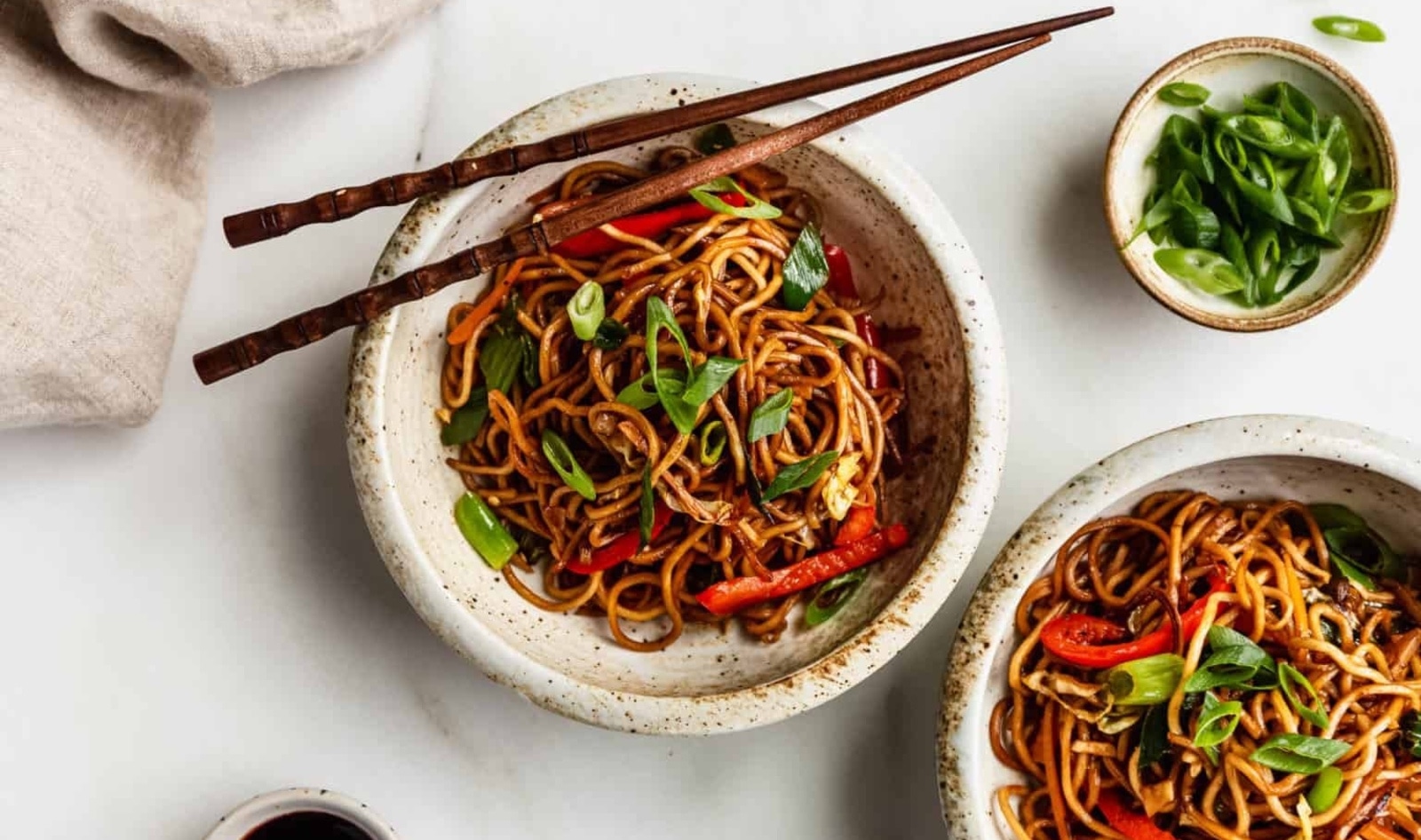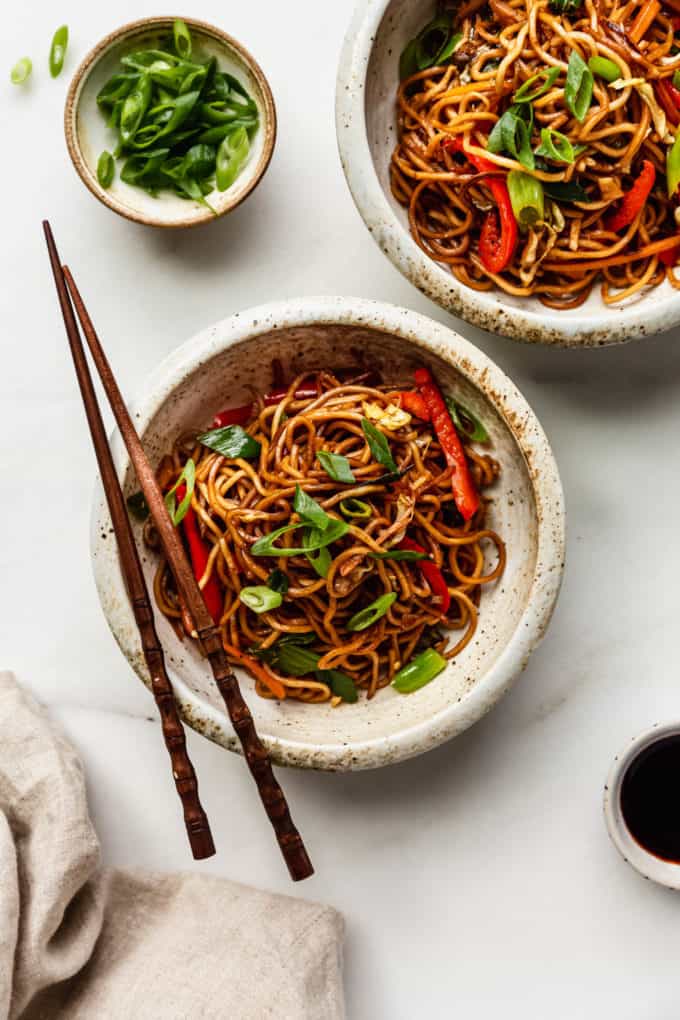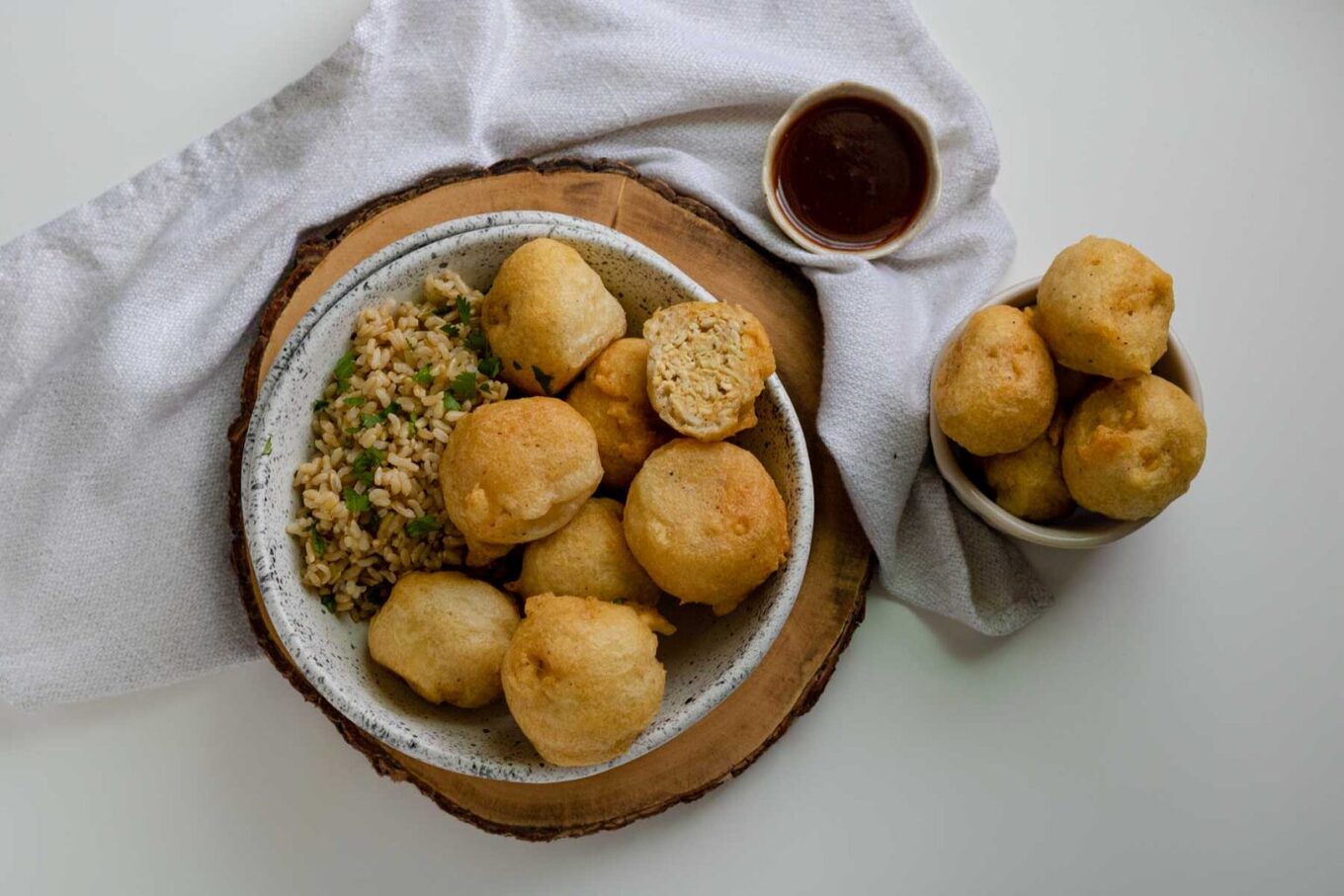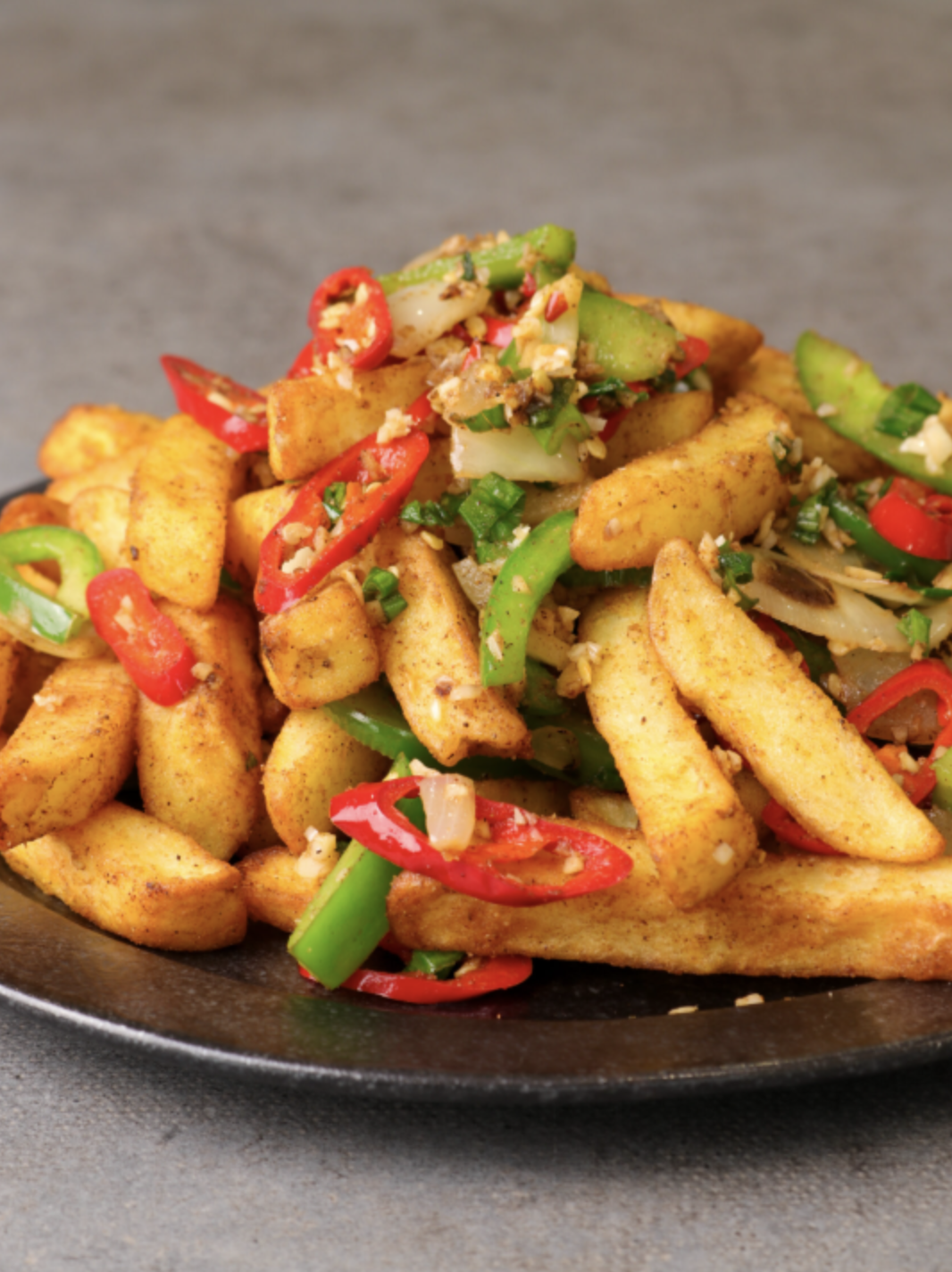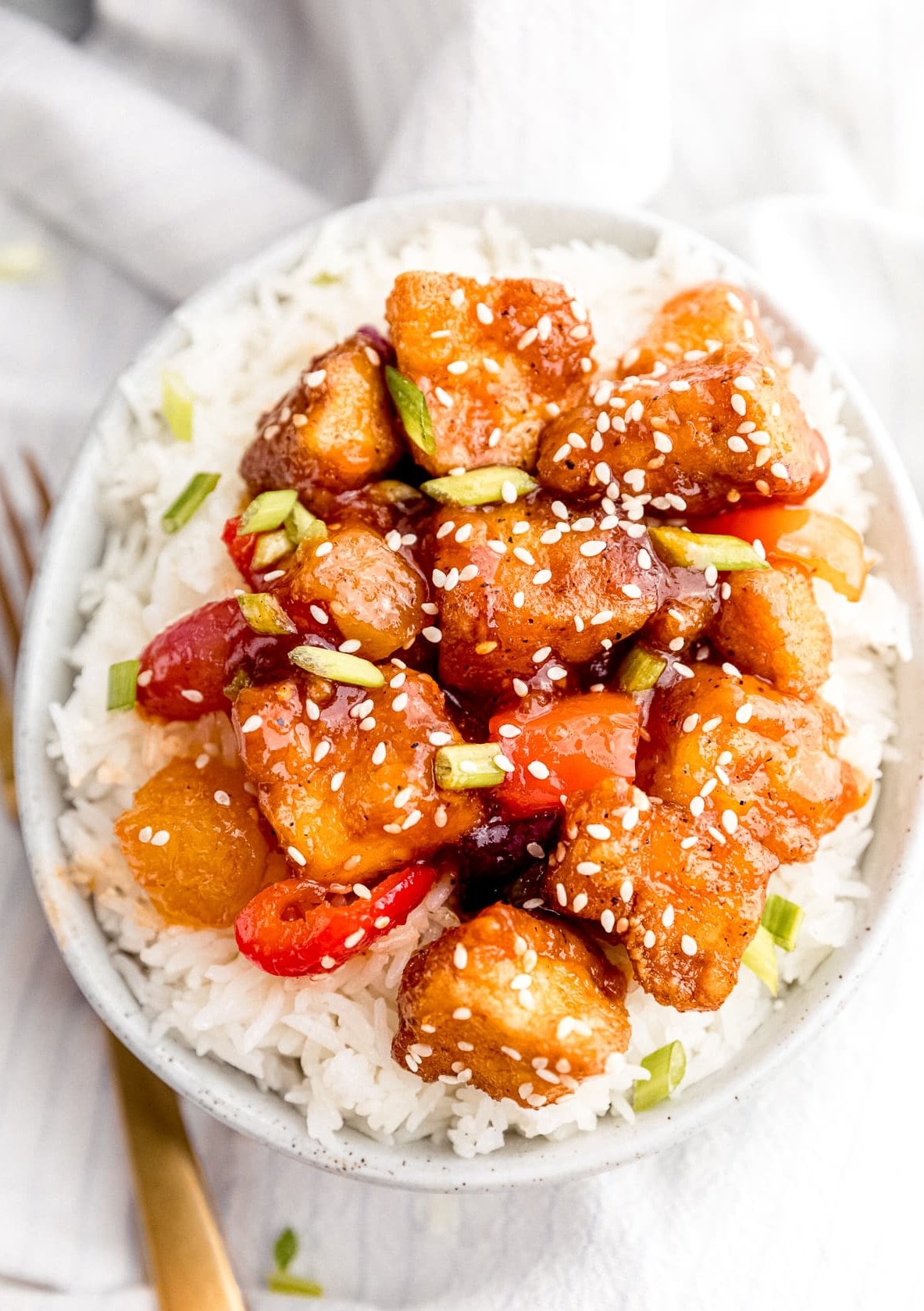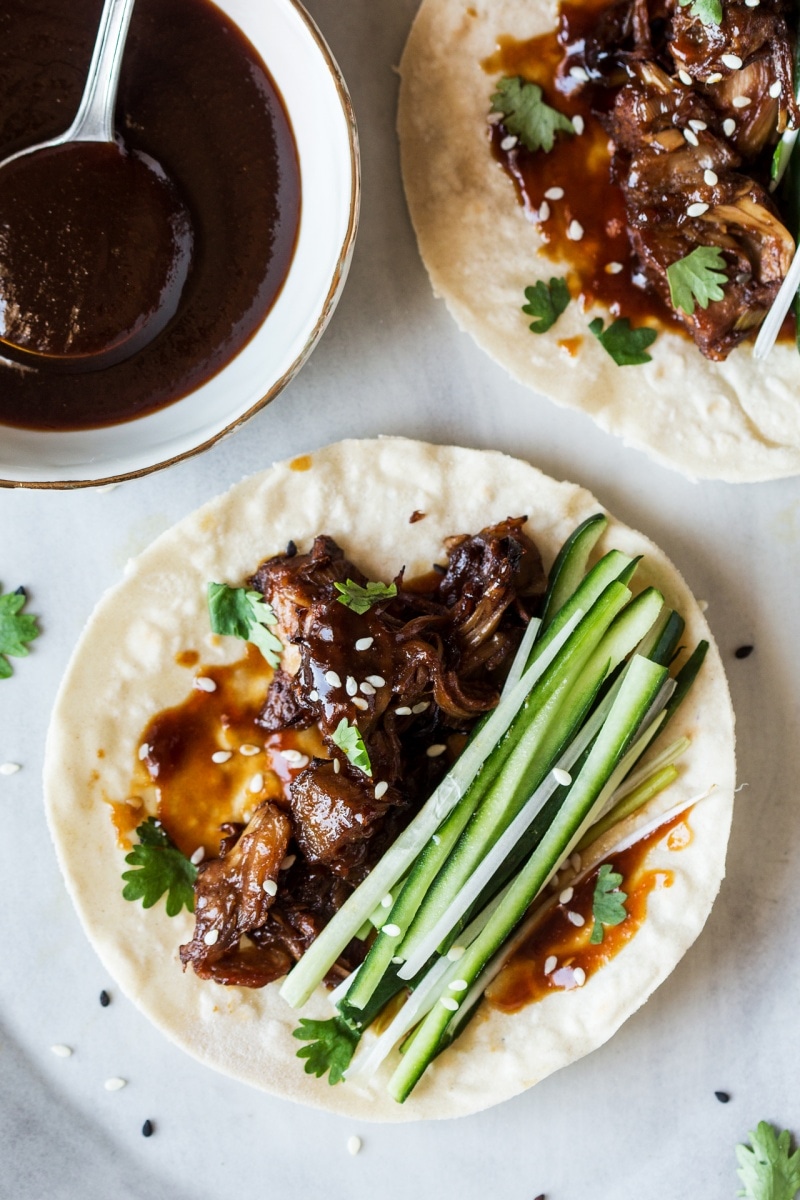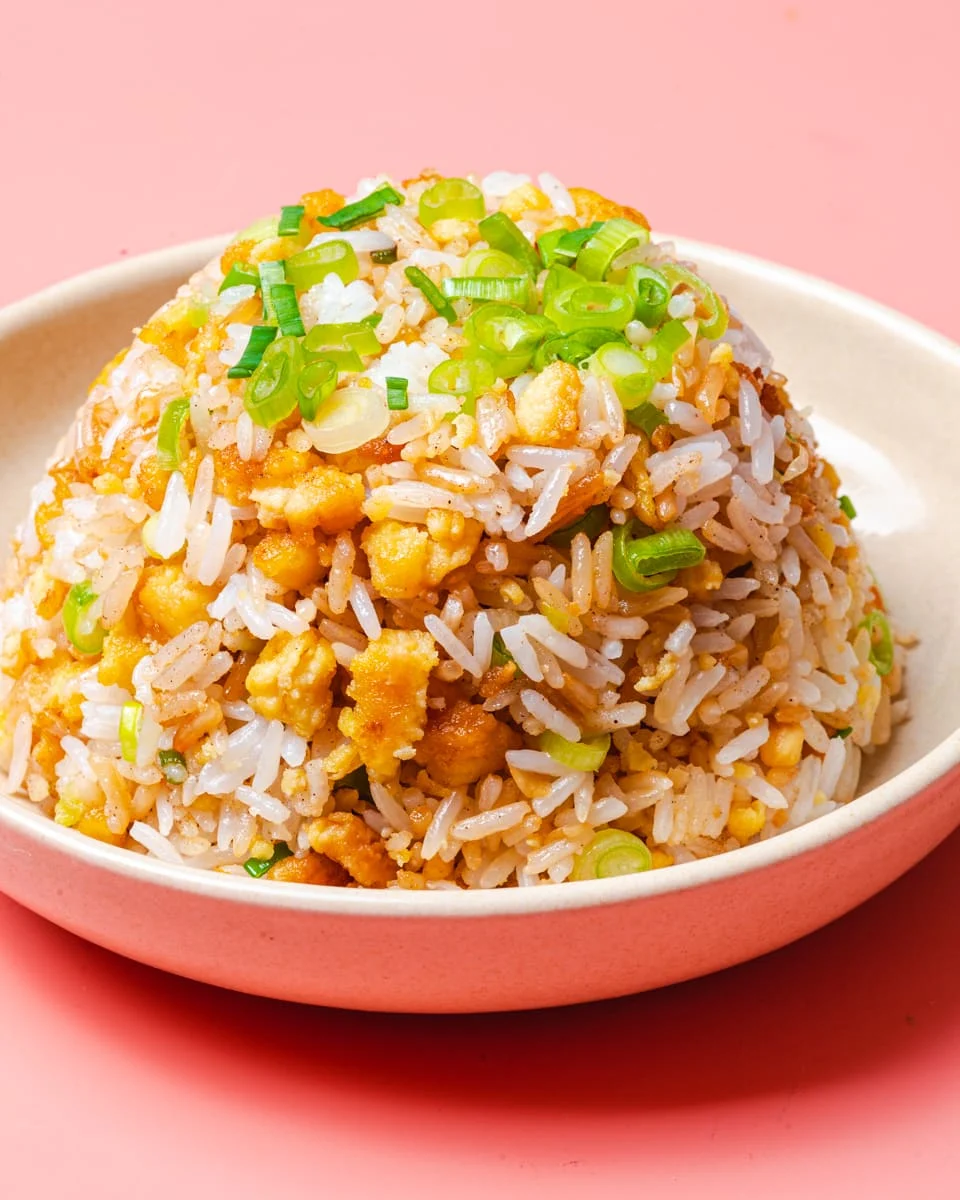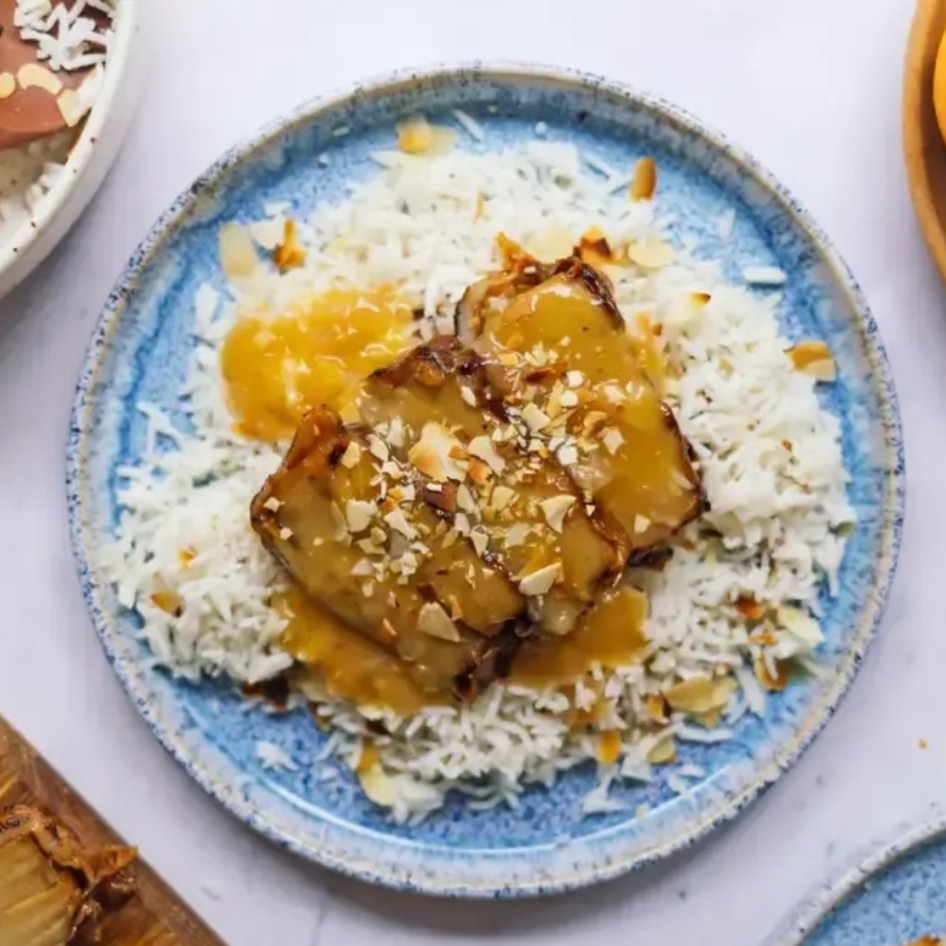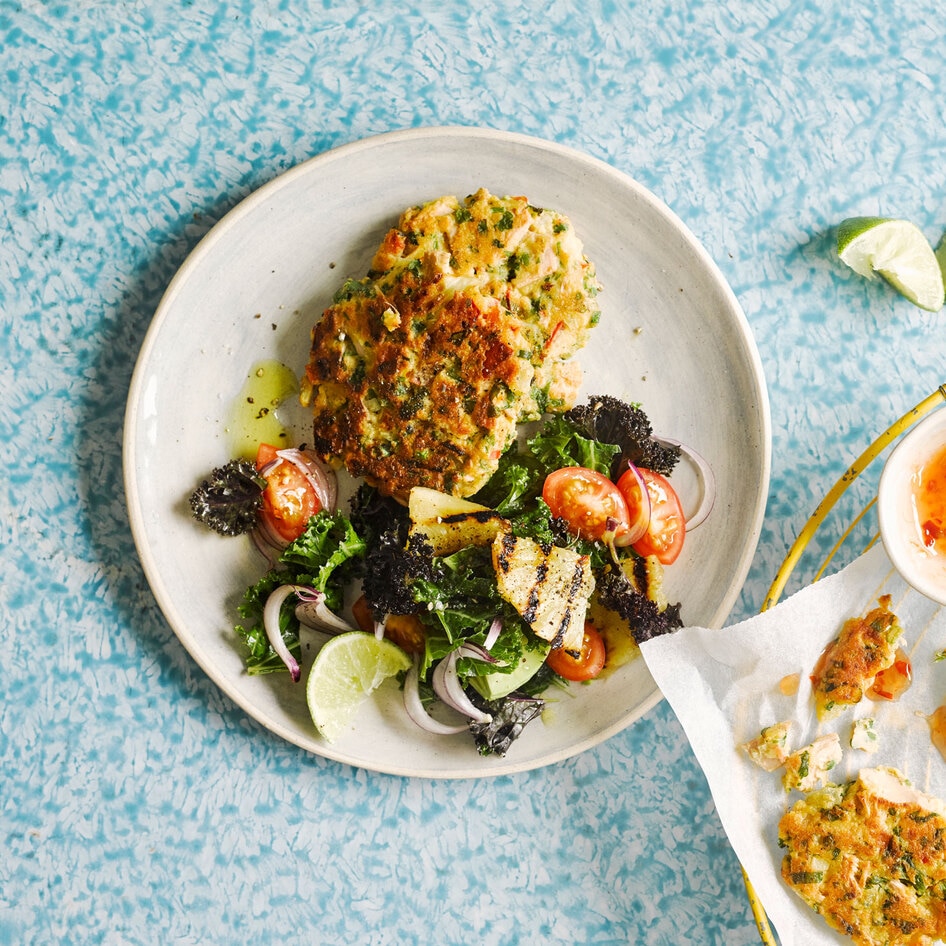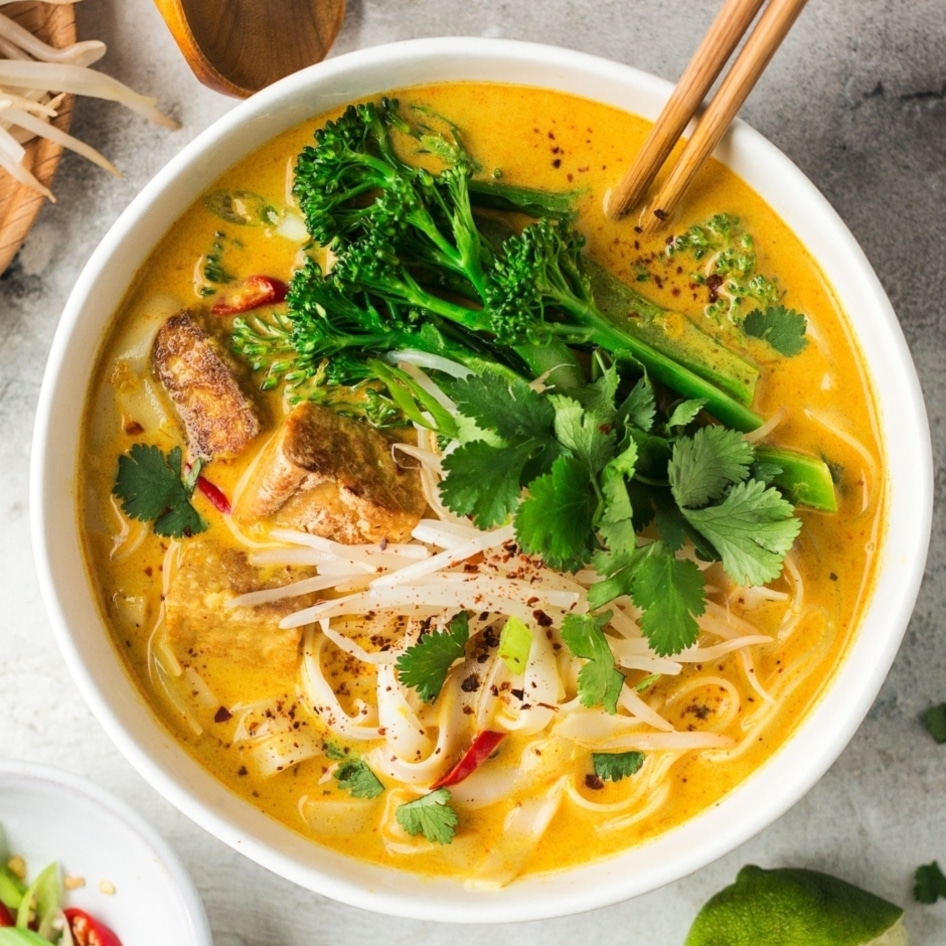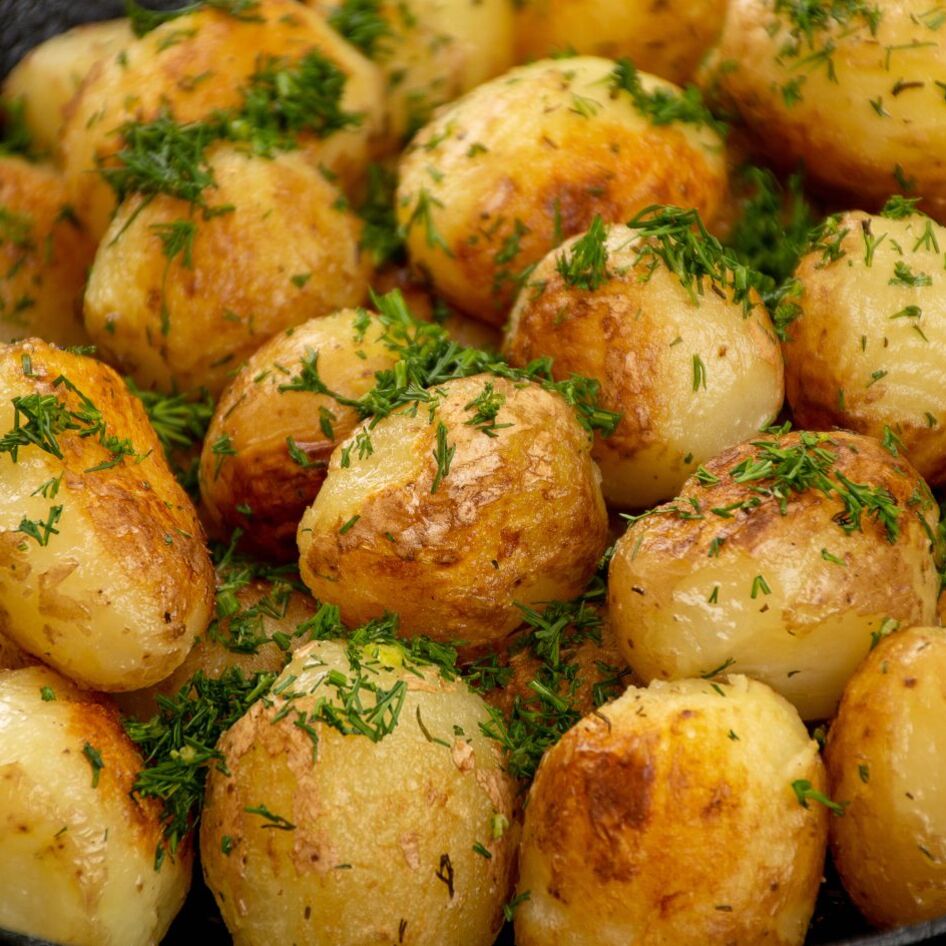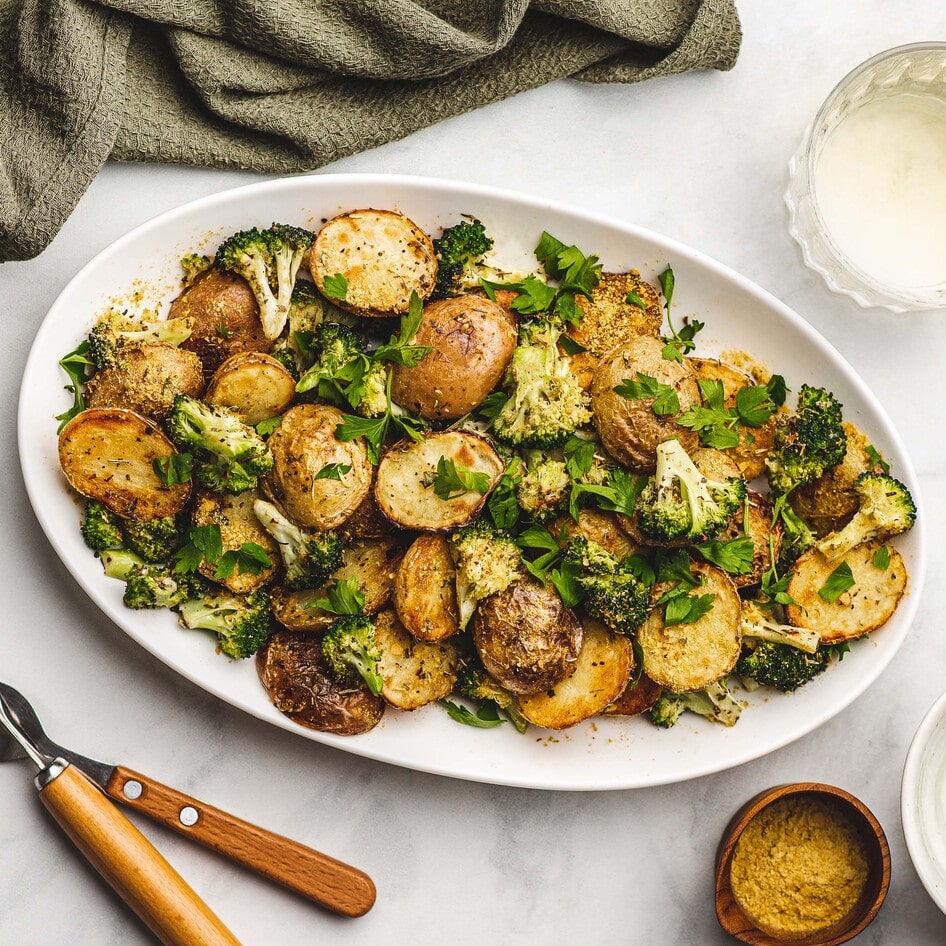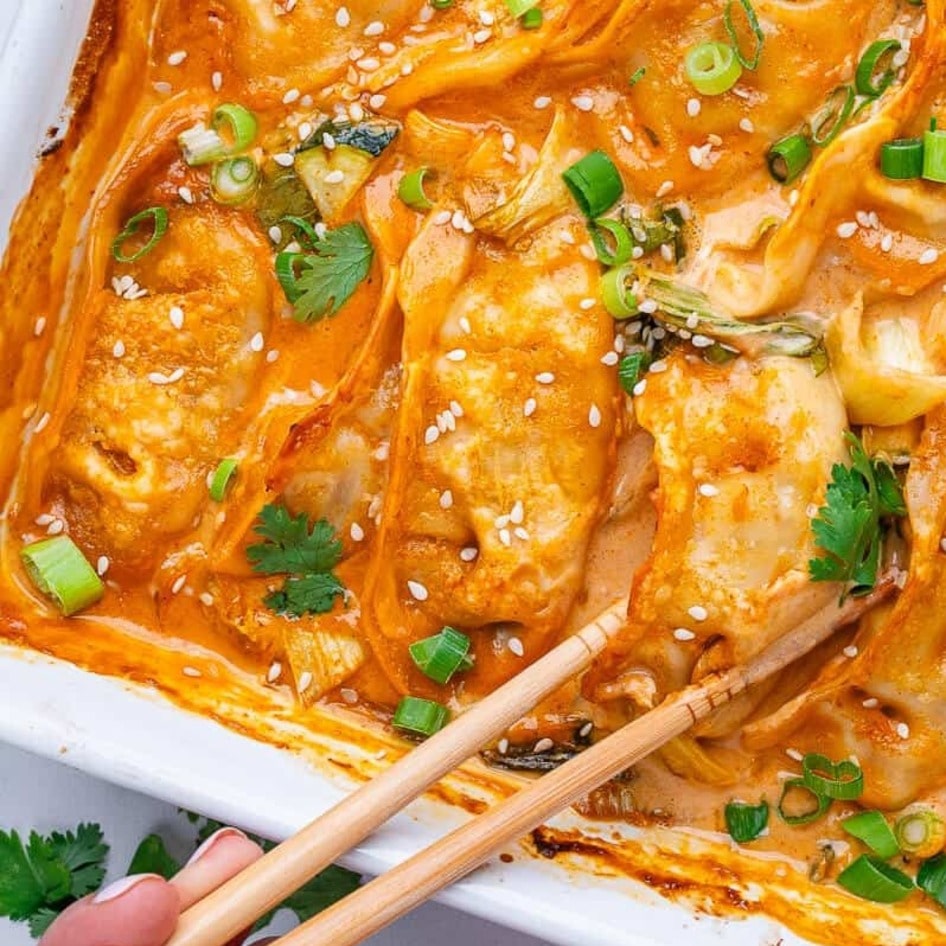“Trust me, it does not taste like what you think it’s going to taste like,” said TikTok creator Grassmoons back in 2023. She was talking about British Chinese takeout in a stitched video with Cory’s World, where the influencer plates up a feast of egg-fried rice, deep-fried chicken, and French fries (or chips, as they’re known in the UK).
Grassmoons went on to compare the meal to American Chinese takeout, which she described as richer in flavor than Britain’s comparatively mild offering.
And that was that, right? Wrong. It’s now 2025, and the conversation (or rather, the debate) around British Chinese takeout is still going strong.
 Pexels
Pexels
But the cuisine does have its American fans. “Curry sauce, chips, all of the stuff that, to us as Americans, does not belong with Chinese food, but we’re here to experience,” said TikTok creator Olivia Maher in a March video, as she and her sister, rugby player Ilona Maher, sampled a spread of British Chinese takeout. Their verdicts as they munched their way through the dishes? “Not bad,” “quite yummy,” and ultimately, “delicious.”
It’s true: British Chinese takeout is nothing like its American counterpart. And neither bears much resemblance to traditional Chinese cuisine. So, how did we get from Cantonese roots to a plate of salt and pepper chips, curry sauce, spring rolls, and deep-fried chicken? Here’s how British Chinese food evolved, and why, when it’s made with plant-based ingredients, it might just deserve your attention.
Why is UK Chinese food different?
In the late 1800s and early 1900s, much of London’s Chinese community was made up of sailors, many of whom had worked on British merchant ships. As labor laws changed and employment conditions shifted, it became harder for Chinese sailors to return to sea. Many turned to land-based industries that were more accessible to immigrants, particularly laundries and restaurants.
These early food businesses laid the foundation for what would become British Chinese cuisine. But it was the arrival of Cantonese immigrants from Hong Kong in the 1950s and 1960s that truly shaped the flavors that captured the British appetite. By the 1990s, there were around 5,000 Chinese takeout restaurants in the UK, and by 2008, the average person in Britain was consuming about 15 grams of Chinese food per week.
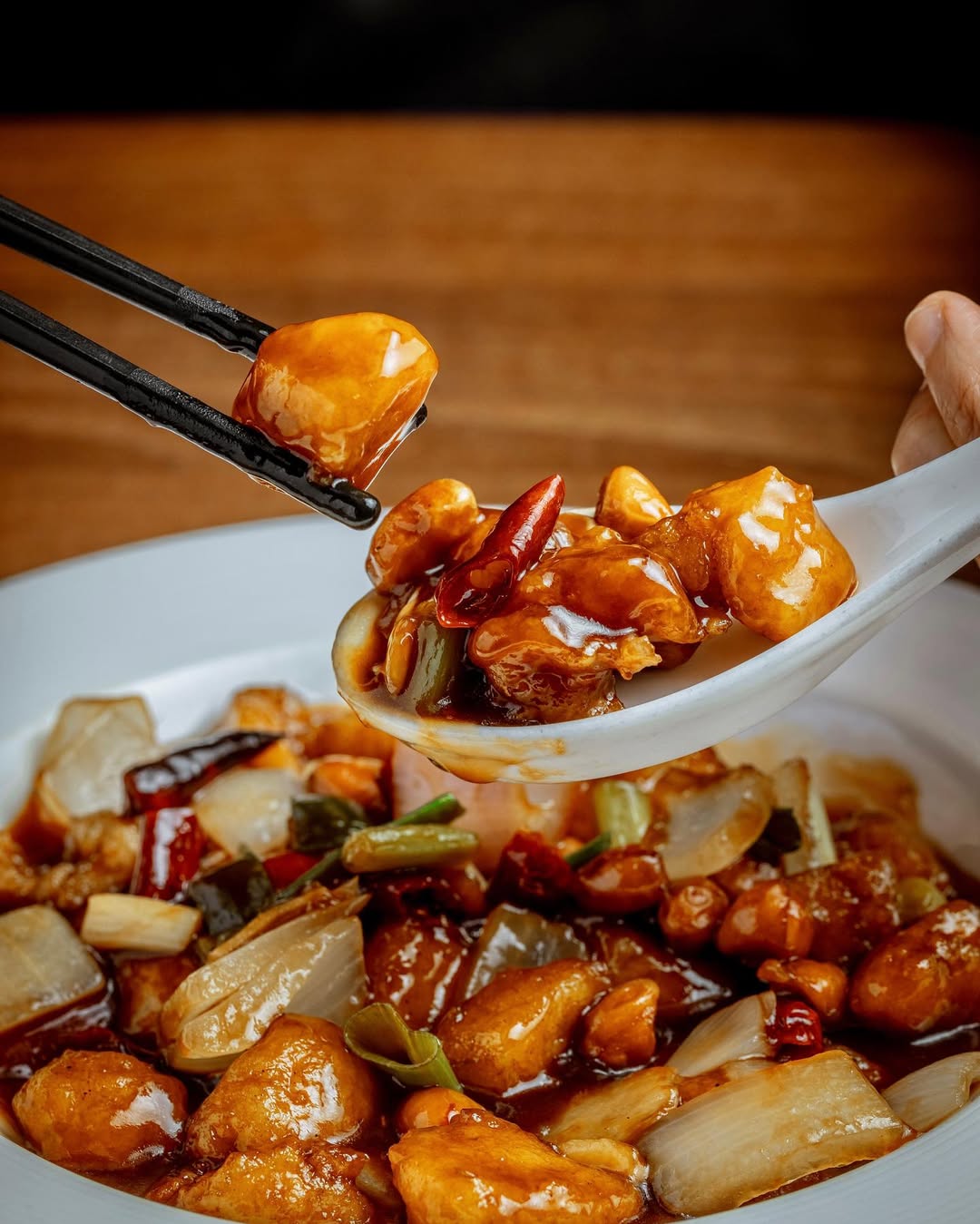 Vegan Planet
Vegan Planet
To survive, many Chinese restaurants adapted their offerings to suit British palates, resulting in more mild flavors, creamy curry sauces, and, always, a side of chips.
Some reports suggest that Chinese takeout is falling out of favor in the UK, but others—and TikTok trends—indicate it remains a beloved staple. Just last year, a survey of 15,000 people by Best for Britain found that Chinese food is still the nation’s favorite takeaway. And if Maher’s TikTok is anything to go by, it’s also becoming a quirky culinary must-try for curious American tourists in the UK.
While London is now home to fully vegan Chinese restaurants like Tofu Vegan and Vegan Planet, it’s also easy to recreate the takeout experience at home. For intrigued American eaters, that means you can try it without even boarding a plane.
How to make vegan British Chinese takeout at home
The recipes below will walk you through how to make a classic British Chinese takeout feast entirely plant-based. From salt and pepper chips to vegan egg-fried rice, here’s how to taste the UK’s takeout classic for yourself.
BECOME A VEGNEWS VIP: Get exclusive product deals, freebies, and perks galore!
1 Vegan Chow Mein
In a British Chinese restaurant, chow mein (stir-fried noodles) can be ordered plain or with meat, vegetables, mushrooms, or shrimp. In this recipe, you’ll learn how to make a customizable vegetable version in just 20 minutes, using ingredients like vegetarian oyster sauce, coconut sugar, soy sauce, and sriracha.
Get the recipe
2Vegan Chinese Curry Sauce
This thick, yellow sauce is a must when ordering British Chinese takeout. It’s creamy, mildly spicy, and perfect lathered over chips, noodles, or anything else you’ve got on your plate. The flavor in this version from Domestic Gothess comes from Chinese five spice, ginger, garlic, and mild curry powder, while the creamy texture is all down to coconut milk.
Get the recipe
3 Vegan Chicken Balls
Chicken balls are usually deep-fried and served with sweet and sour sauce, but they don’t need to be made with meat to be delicious. As this recipe proves, extra firm tofu can give you all the same delicious texture.
Get the recipe
4 Salt and Pepper Chips
The name is kind of deceiving on this one, because salt and pepper chips aren’t made with just salt and pepper. They’re actually fried with a mix of onions, garlic, and chillies for ultimate flavor. Learn how to make them from scratch with this simple recipe, which features Chinese five spice, garlic, and the secret to all of that umami goodness: MSG.
Get the recipe
5 Sweet and Sour Tofu
Sweet and sour sauce is another staple of the British Chinese takeout experience, but while it’s usually poured over deep-fried shrimp, king prawns, or chicken, it works just as well (if not better) when combined with crispy tofu.
Get the recipe
6 Vegan Duck Pancakes
Like peking duck in the US, duck pancakes are a common find in British Chinese restaurants. This recipe opts for crispy jackfruit as a delicious duck alternative and combines it with a sticky, syrupy homemade hoisin sauce for flavor. Shredded cucumber is also a must in this classic takeout dish.
Get the recipe
7 Vegan Egg Fried Rice
Finally, we have the cornerstone of the British Chinese takeout: egg fried rice. This recipe swaps the egg for a combination of silken tofu, gram flour, and kala namak, and once you’ve tried it, you’ll never want to eat plain rice again.
Get the recipe
For more plant-based stories like this, read:
JUMP TO ... Latest News | Recipes | Guides | Health | Subscribe

